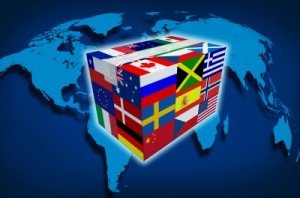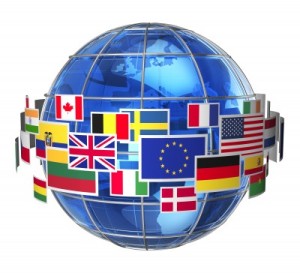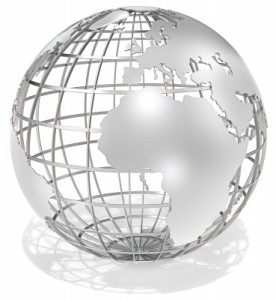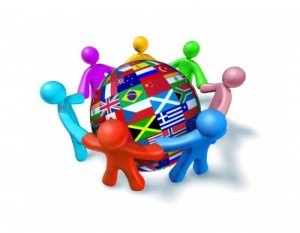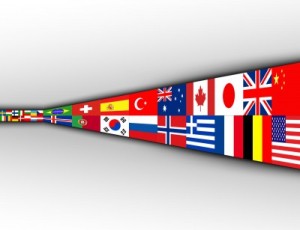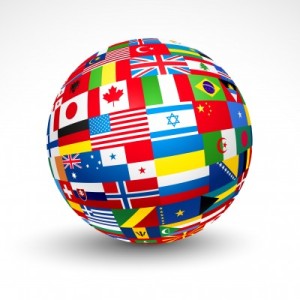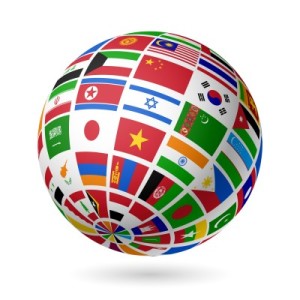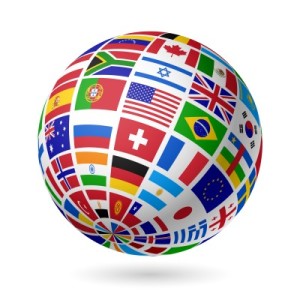 The national symbol of Scotland is the thistle. True or false: This symbol is traced to the 1263 Battle of Largs, when a hidden Scandinavian invader stepped on a thistle and cried out in pain.
The national symbol of Scotland is the thistle. True or false: This symbol is traced to the 1263 Battle of Largs, when a hidden Scandinavian invader stepped on a thistle and cried out in pain.- Chinese tradition recognizes "Four Gentlemen of Flowers," associating flowers with the seasons. Bamboo is associated with spring; match these other flowers with their seasons.
-
A. Plum blossom 1. Summer B. Orchid or lotus 2. Fall C. Chrysanthemum 3. Winter
-
- Saint Patrick, the patron saint of Ireland, is credited with elevating a humble plant to a national symbol. True or false: The four-leaf clover is the national symbol of Ireland.
- True or false: The breadfruit tree appears on Bolivia's coat of arms.
- The Canadian maple leaf is one of the best-known national symbols. How many points does the leaf on the Canadian flag have? (Do not count the leaf's stem.)
- A. Three
- B. Nine
- C. Eleven
- Some unusual flora has been used in heraldry. True or false: The Spanish coat of arms includes a pomegranate.
- True or false: The chrysanthemum was (and still is) used to represent Japan.
- The Wars of the Roses (1455-1485) were largely fought between two English houses. True or false: The house of York adopted a white rose as its symbol, while the house of Lancaster used a red rose.
- Each state in the USA has its own flag. Match each of the following states with the flora that appears on its flag.
-
A. Connecticut 1. Palmetto tree B. Nevada 2. Grapevine C. South Carolina 3. Sagebrush
-
- The fleur-de-lis, a symbolic representation of a lily, was often used by French kings. True or false: The fleur-de-lis was also used as a heraldic symbol in other countries.
Answers
- True
- A,2; B,3; C,1
- False. Ireland's symbol is the three-leaf shamrock.
- True
- C. There are eleven points; nine on top and two at the base.
- True. The pomegranate is the traditional symbol of Granada.
- True
- True
- A,2; B,3; C,1
- True. For example, it was used in the coat of arms by the kings of Naples, and in English heraldry to identify a sixth son.

